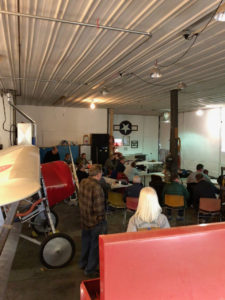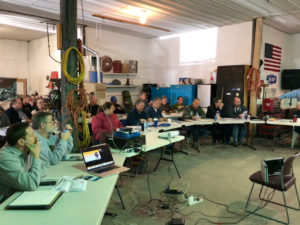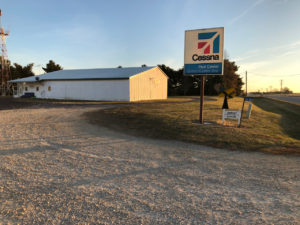There has been an ongoing discussion about a shortage of DPEs. Pilots seeking check rides have complained about the ability to schedule their evaluation. The FAA is in the process of making some changes in the DPE regulations and procedures that will alleviate some of the problems. That is great, however, let me add my thoughts on things that CFIs and applicants can do to smooth the process. Here is what recently happened to me. A student pilot calls on a Tuesday and wants to schedule a private pilot check ride. I ask some questions and tell him I can do it Sunday morning and that I will text him my email so he can email me contact information. I text, and he replies. I send an info sheet that I have, a fillable pdf, requesting contact info, FTN, CFI name and other pertinent details (aircraft, location, etc.). I always do this, and I require photocopies of his endorsements. I do this because it solves problems up front. I can check the endorsements, review the application after the CFI signs, and fix any issues before we meet. So this happens on Tuesday. I get no acknowledgment, no reply so Friday I send another email requesting the info sheet. He replies but I don’t get the info or the endorsements. On Saturday afternoon, 5:00 pm, I call and ask for the various documents. He sends them around 6:30 and the endorsements are a mess. Most don’t have the date they were signed and are horribly written to the point they are illegible. Several required endorsements were not even in the logbook! I tell him they need to be fixed. In all of this, I have never heard from the CFI. He sends them back at about 10:30, but I’m in bed. I look them over in the morning, and they are weak, but I head to the airport. I get the aircraft logbooks, and the annual has typed out ADs that no one has signed off, and the pitot/static test is stapled in the logbook but has a different tail number! WTF! So I stop this, there are too many things that are unprofessional at best or just plain wrong. So, there went one whole DPE day, done in by lack of due diligence by the CFI. Unfortunately, the applicant is the one who suffers. This is not always the case, the majority of my check rides are spot on. But CFIs and Students must make an honest effort to ensure that the check ride is going to be a go. I’ve had check rides scheduled when the aircraft was known to be in maintenance, and I’ve had folks schedule a check ride a week out only to call the day before to say they are not ready. I realize things happen but planning a check ride and canceling (or being unprepared) wastes everyone’s time.
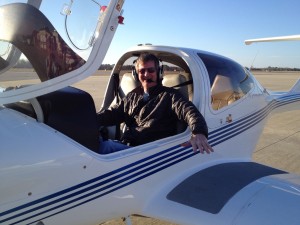

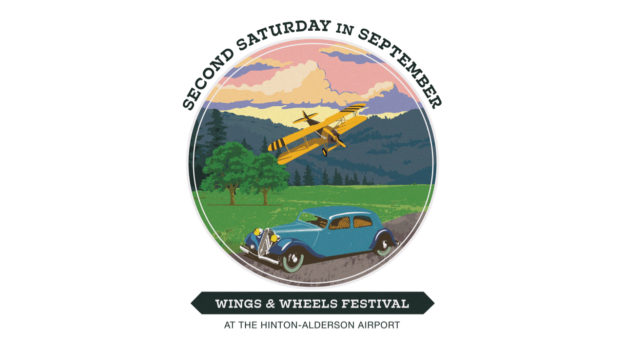
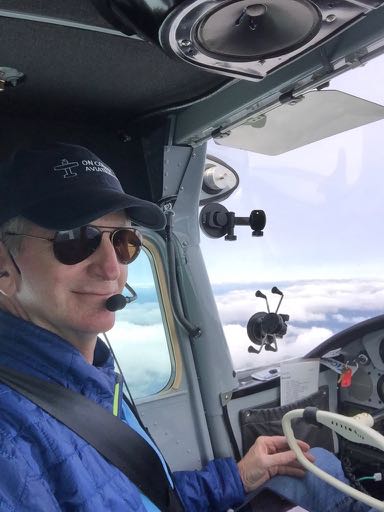
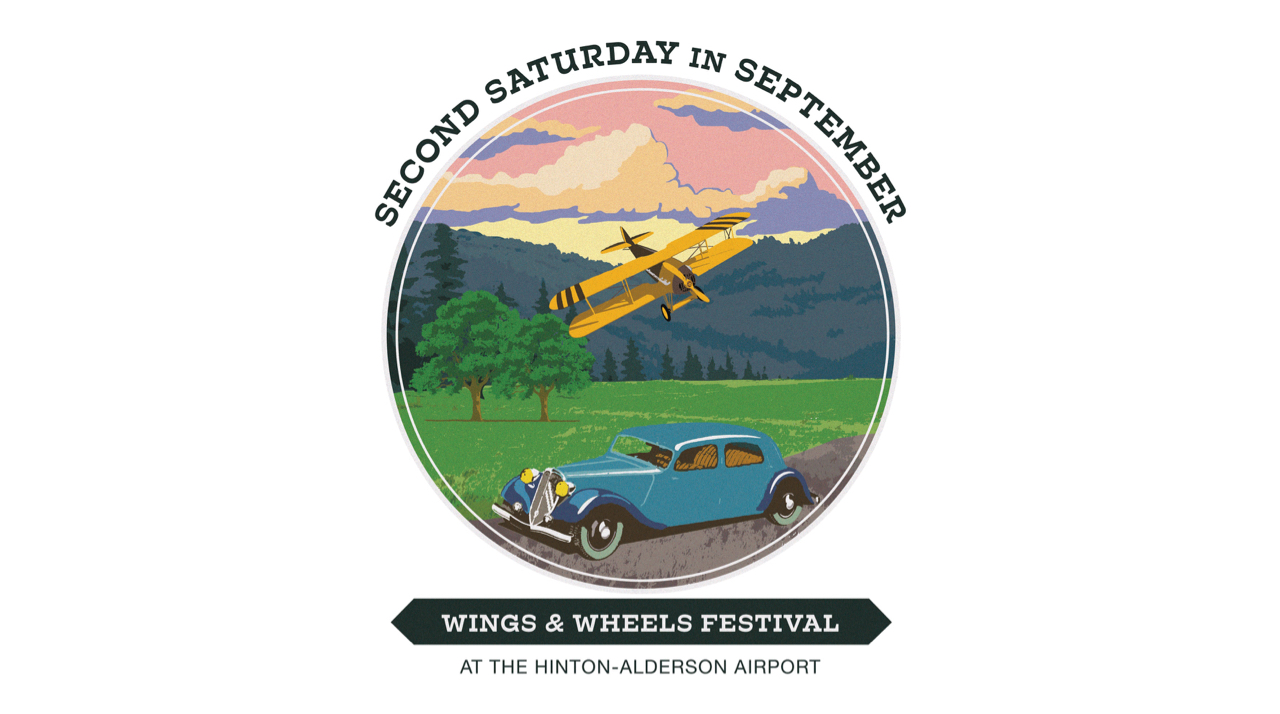
 ground rushing up at you! Check out the takeoff above. This was in my Cessna 170B, but the profile is for a DA-40. The ForeFlight™ Glide Advisor, noted in the green, depicts the furthest point that you could glide with the proper technique. The GPS altitude at the bottom right is pretty close to AGL as this airport (KPHF) is close to sea level. So about 300′ doesn’t look good for turning around. The screenshot below is about 500′, and still, the glide doesn’t look too promising for a turn back
ground rushing up at you! Check out the takeoff above. This was in my Cessna 170B, but the profile is for a DA-40. The ForeFlight™ Glide Advisor, noted in the green, depicts the furthest point that you could glide with the proper technique. The GPS altitude at the bottom right is pretty close to AGL as this airport (KPHF) is close to sea level. So about 300′ doesn’t look good for turning around. The screenshot below is about 500′, and still, the glide doesn’t look too promising for a turn back
